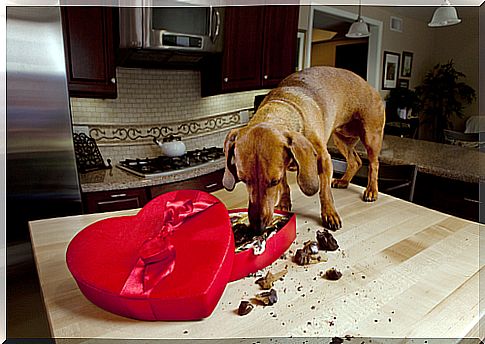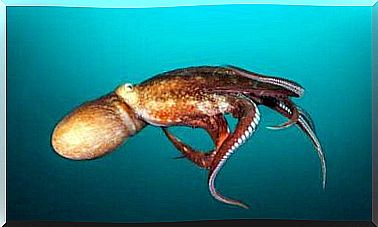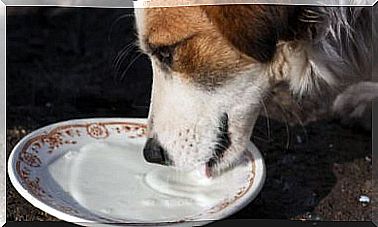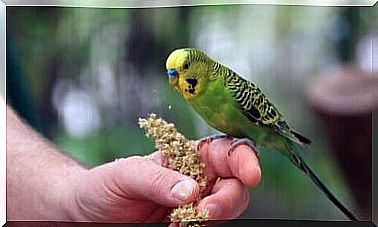That’s Why Chocolate Is Bad For Dogs

One of the most common myths about dog nutrition is about chocolate, which is bad for dogs. This is absolutely true, and below we explain why.
Chocolate, like coffee and some types of tea, contains an alkaloid called theobromine which, when ingested, causes an increase in cardiac contractility in the animal , which affects the ability of the muscle to respond to a stimulus. It also acts as a powerful diuretic, which causes dehydration, vomiting, stomach and bowel problems, and diarrhea, among other things. In very high concentrations, it can seriously damage the nervous system and, in severe cases, cause the death of the animal.
Why can humans consume chocolate?
There are many differences between the organism of dogs and that of humans and the answer to this question has to do with metabolism. Humans metabolize theobromine in a very short period of time, preventing it from depositing in organs and causing them to suffer damage due to the presence of the alkaloid. However, the dog’s body can take 17 to 72 hours to metabolize it, depending on the concentration and amount ingested, causing arterial constrictions and tachycardia.
Theobromine is not only harmful to dogs, but also to the organism of a diverse group of animals, including cats, pigs and horses.
Not all types of chocolate produce the same damage

The concentration of theobromine largely depends on the quality and type of cocoa: the higher the purity of the chocolate, the higher its concentration. However, the recommendation remains the same: do not give chocolate or its derivatives to dogs. Let’s now analyze the (approximate) concentration of theobromine for each gram of chocolate, in the different varieties:
White chocolate : 0.01 mg x grams
Milk chocolate : 2 mg x grams
Sweetened dark chocolate: 4.5 mg x gram
Powdered chocolate : 26 mg x gram
Dangerous quantities
Chocolate poisoning, as well as poisoning from plants or toxic products, is one of the most common causes of poisoning in pets. However, the amount of theobromine contained in chocolate is potentially harmful or fatal to dogs, but this depends on two factors: the type of chocolate (and therefore the concentration of theobromine) and the size of the animal. The organism of a small dog can tolerate less theobromine than a large dog, so the risk of chocolate poisoning is higher in dogs with these characteristics.
Therefore, a puppy weighing less than 1 kg could experience severe poisoning even if he consumed a small amount of white chocolate. If a medium-sized dog, around 12-13 kg, ate 300 grams of low-purity chocolate, an increase in heart rate could occur. However, only 250 grams of chocolate, if of high purity, is enough to cause the death of the dog.
Symptoms of intoxication

In case you have seen a dog consume a significant amount of chocolate, the best thing to do is to consult your veterinarian. Usually, the treatments for the ingestion of poisonous substances are induced vomiting or gastric lavage.
However, if you have not witnessed the dog’s intake of cocoa, two possible warning signs that could occur in the hours following consumption are vomiting and diarrhea. When intoxication is severe, tachycardia will occur, which can trigger tremors, seizures, or death.
Recommendations for preventing accidental poisoning
Prevention is essential to prevent possible intoxication and these recommendations do not apply only to chocolate.
Do not leave products that could be harmful to the health of the dog on hand.
Educate him not to steal food from the dishes, table or trash can and wait for it to be offered.
As a family, talk about the risk of offering certain products to the dog; if there are children in the house, it is best to remember this often and make sure they understand the risk to the dog’s health.
Beware of symptoms, early treatment can ensure the dog’s survival and complete recovery from intoxication.








